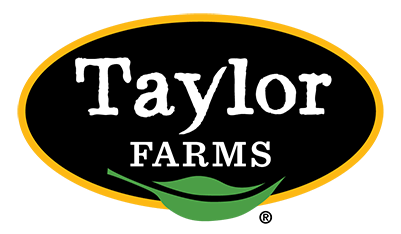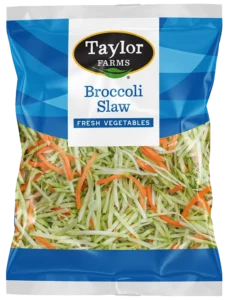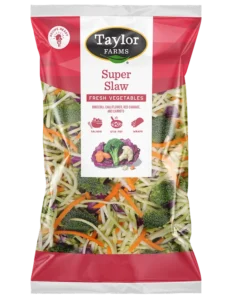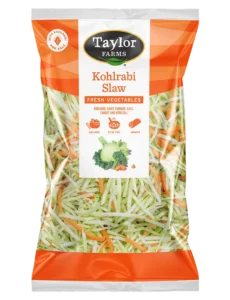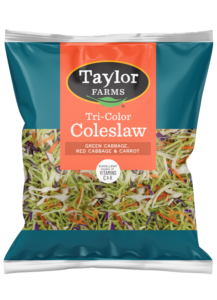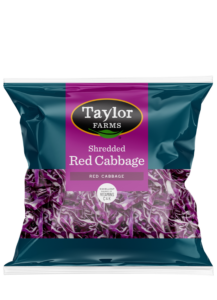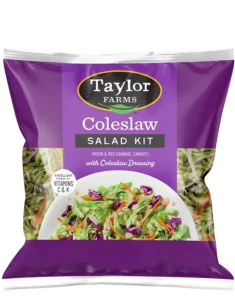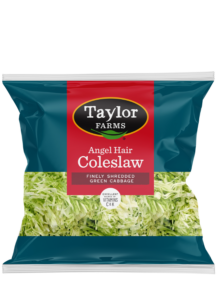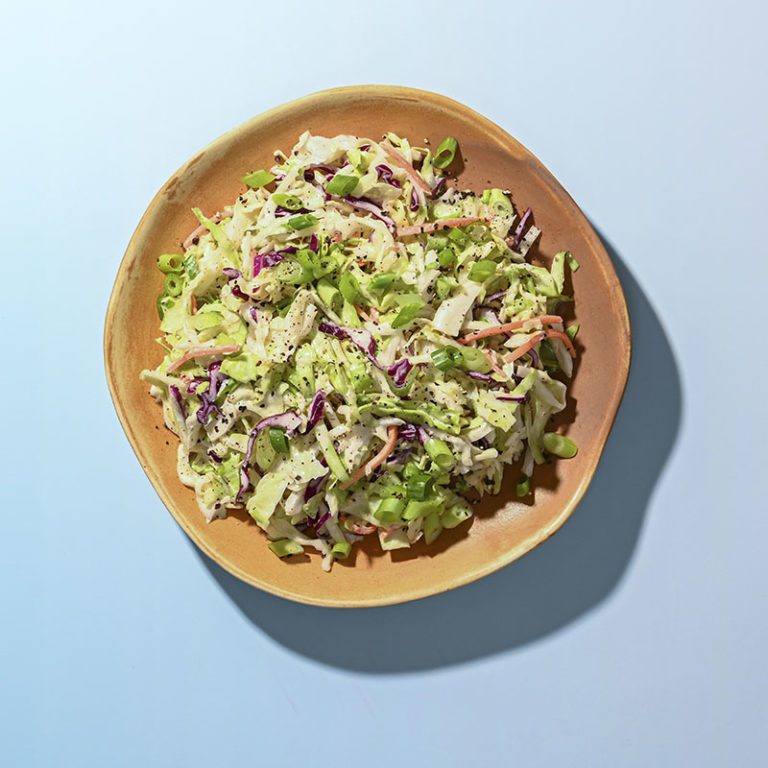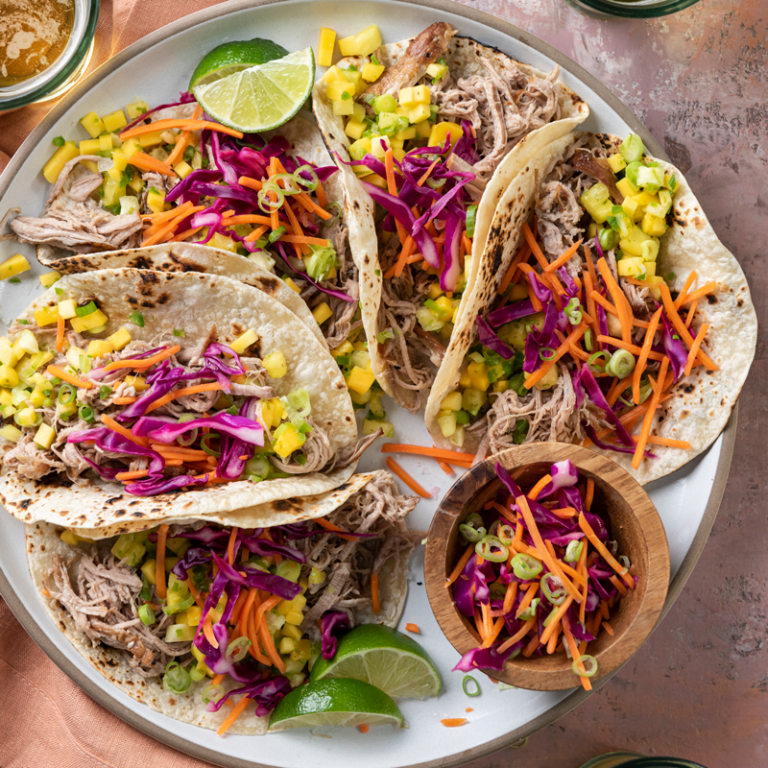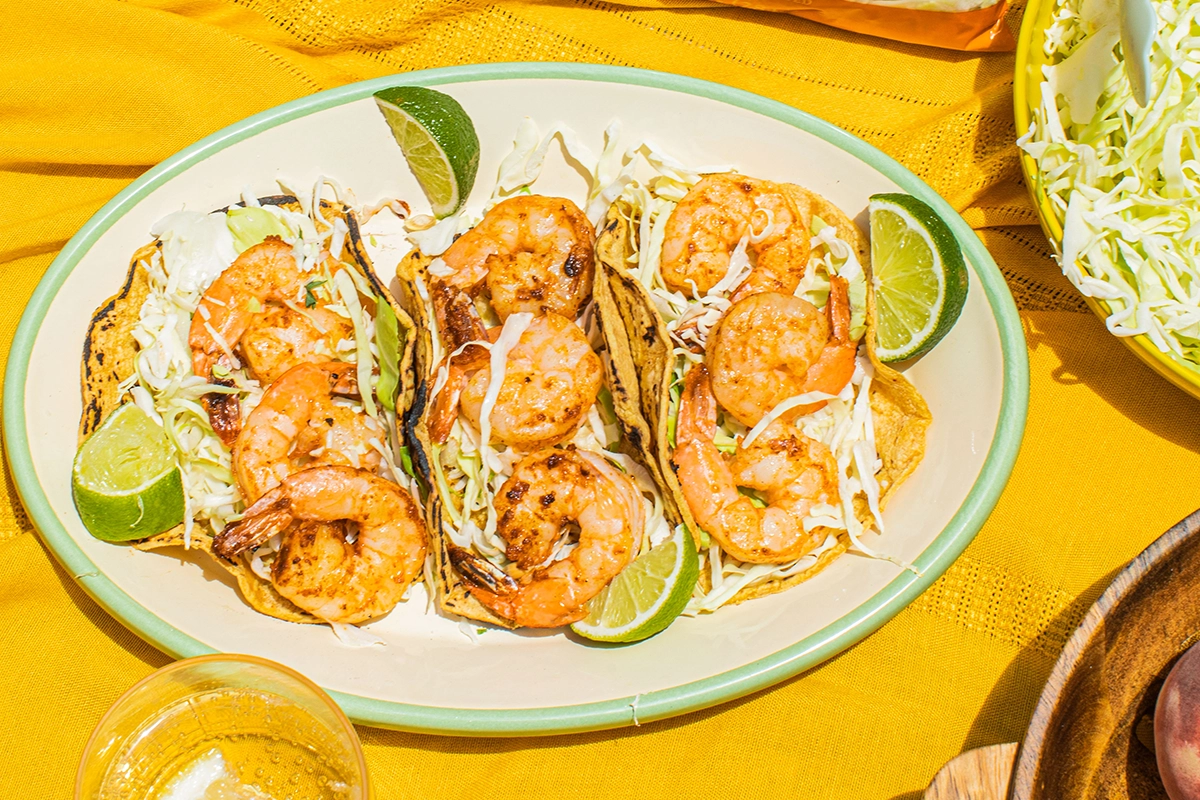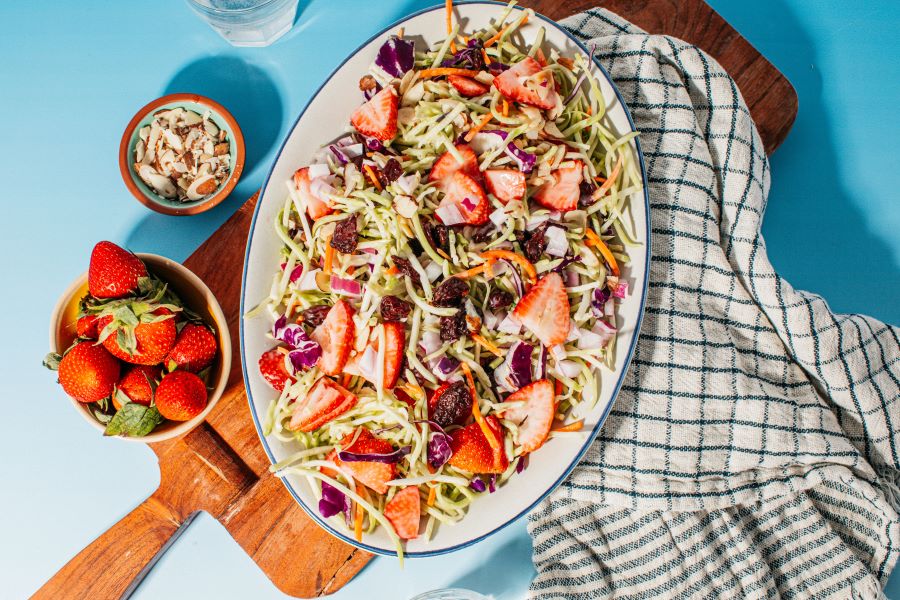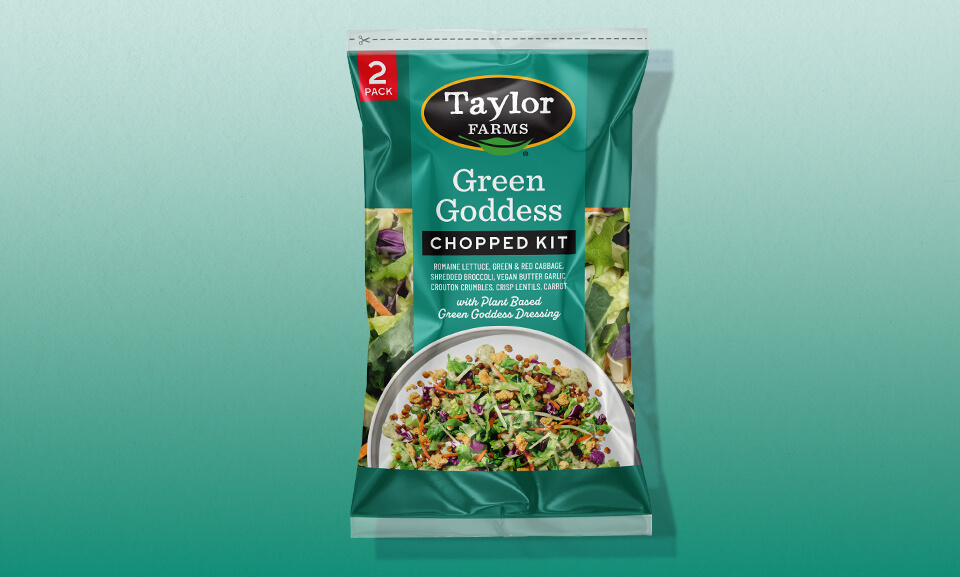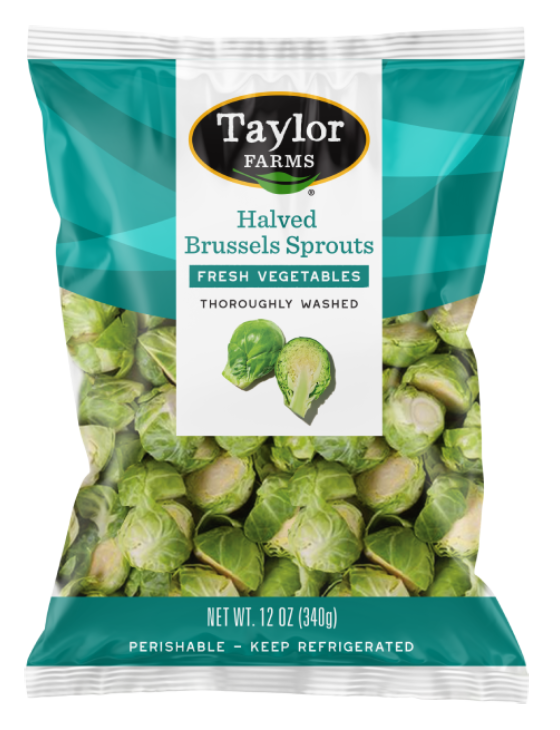Featured Ingredient: Green Cabbage
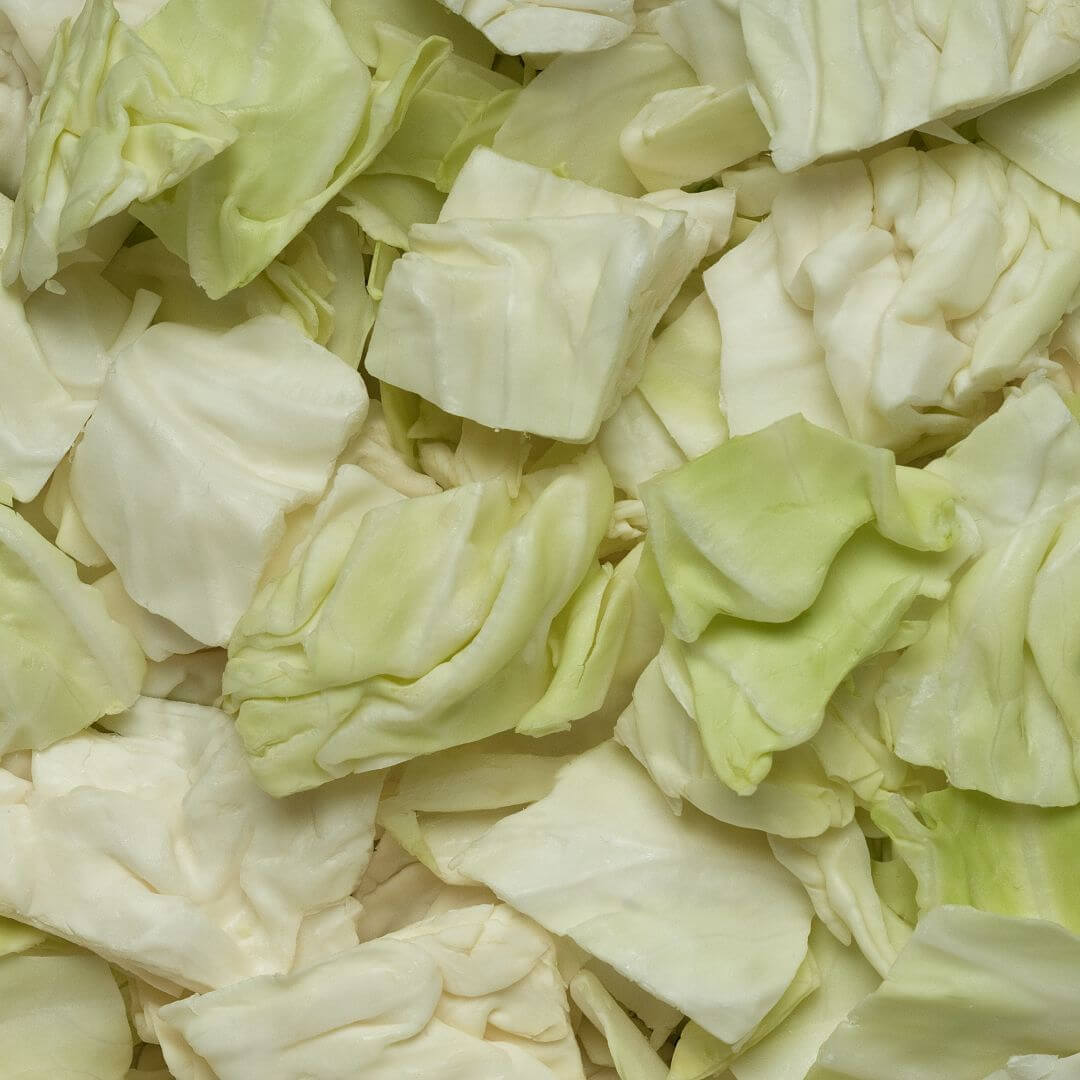

Scientific Name: Brassica oleracea var. capitata
Family: Brassicaceae
In season: Late fall through early spring, though available year-round in many regions.
Varieties: Early Green, Late Flat Dutch, Stonehead, Golden Acre, among others.
Great for: Coleslaws, salads, stews, stir-fries, fermentation (like sauerkraut), and boiled dishes.
Common questions about Coleslaw
To make coleslaw, start by gathering your fresh green cabbage, red cabbage, and shredded carrots. (Pre-packaged, pre-shredded vegetables are the easiest, or you can use a mandolin to shred a whole head of cabbage if you prefer.) If you like, you can also finely slice a small red onion.
For the dressing, whisk together 1 cup of mayonnaise, 2 Tablespoons of apple cider vinegar or white vinegar, 1 Tablespoon of Dijon mustard, 2 Tablespoons of sugar, and a pinch of salt and pepper in a large bowl until smooth and well combined.
Add the shredded cabbage, grated carrots, and sliced red onion to the bowl with the dressing, and toss everything together until the vegetables are evenly coated. Cover the bowl and refrigerate for at least an hour before serving to allow the flavors to meld together. Give it a final toss before serving. You can also add your own flair to your coleslaw by adding chopped apples, raisins, or nuts for extra texture.
Coleslaw dressing is typically a ratio of 3 parts fat to 1 part acid (see our quick instructions above). While the “fat” is traditionally mayonnaise, you can also swap some of the mayo out for olive oil or plain Greek yogurt. And while the “acid” is usually white vinegar, you can substitute seasoned rice vinegar or white wine vinegar instead. Whichever ingredients you go with, add sugar and salt to your dressing, too.
Coleslaw is quite versatile and can be served with all sorts of dishes!
- We’re going to start with the less obvious: coleslaw pairs nicely with seafood dishes like grilled salmon, crab cakes, or shrimp skewers, enhancing the delicate flavors of seafood with its light, refreshing bite.
- You’ll often see coleslaw served next to fried foods like fried chicken or fish & chips because it’s a cool contrast to the heavier meats.
- Get crunch and flavor by adding coleslaw to sandwiches and burgers, especially pulled pork sandwiches, fried chicken sandwiches, or classic cheeseburgers.
- It also works well as a topping for fish tacos, shrimp tacos, or pulled pork tacos.
- Or, try coleslaw with grilled meats like steaks, pork chops, or grilled sausages for a traditional barbecue menu.
Coleslaw is a healthy side dish because eating cruciferous vegetables like cabbage, broccoli, and kohlrabi is good for your health. Cabbage is rich in vitamins C and K, high in dietary fiber, and contains antioxidants with anti-inflammatory properties. Cabbage supports digestive health, provides essential minerals like potassium and calcium, and is an excellent source of folate.
We don’t recommend freezing coleslaw. Because of the high water content of these vegetables, they won’t have the same consistency after you’ve thawed them.
Coleslaw can be stored in an airtight container in the refrigerator for up to three days.
It’s all about texture! According to Charis Neves, our director of innovation and product management at Taylor Farms, “Crunch is a big benefit of cabbage, especially when diced; even shredded, it has great crunch.” Cabbage can stand up to dressing and maintain a pleasant texture. Find more about the virtues of cabbage in this Martha Stewart article.
